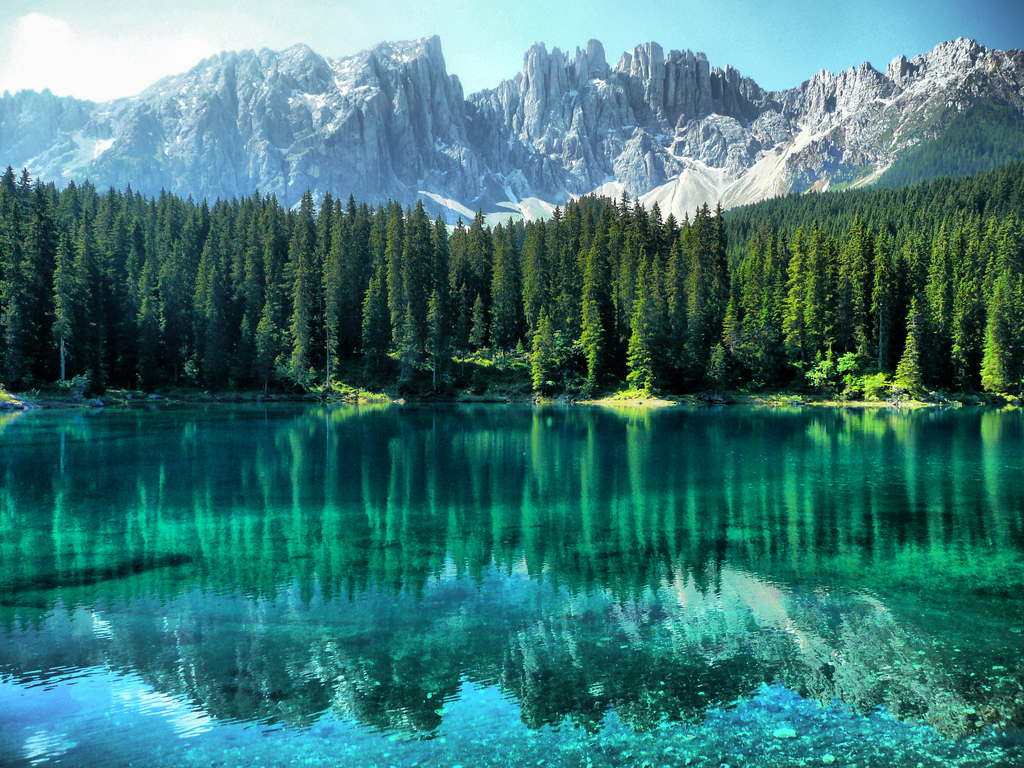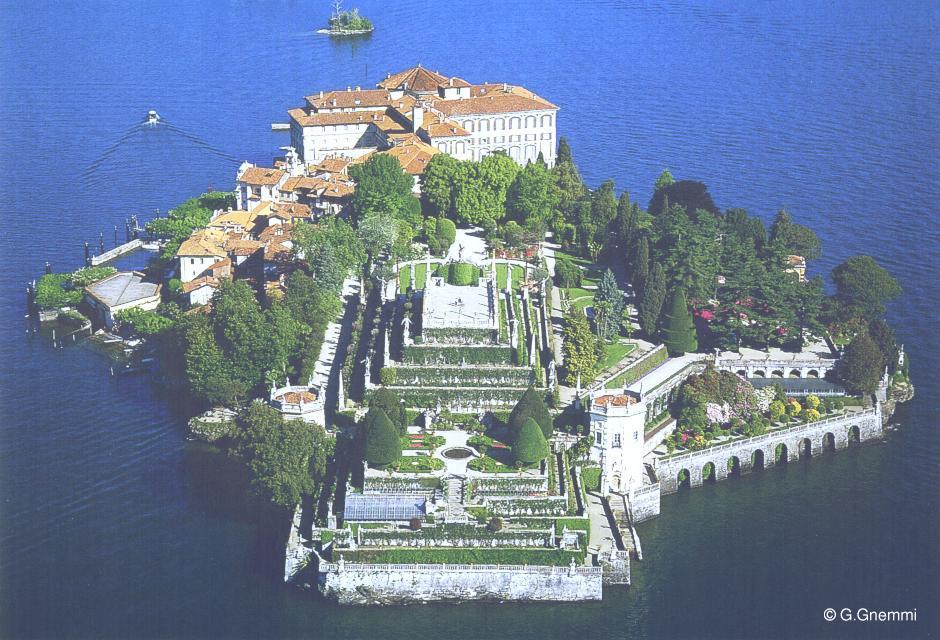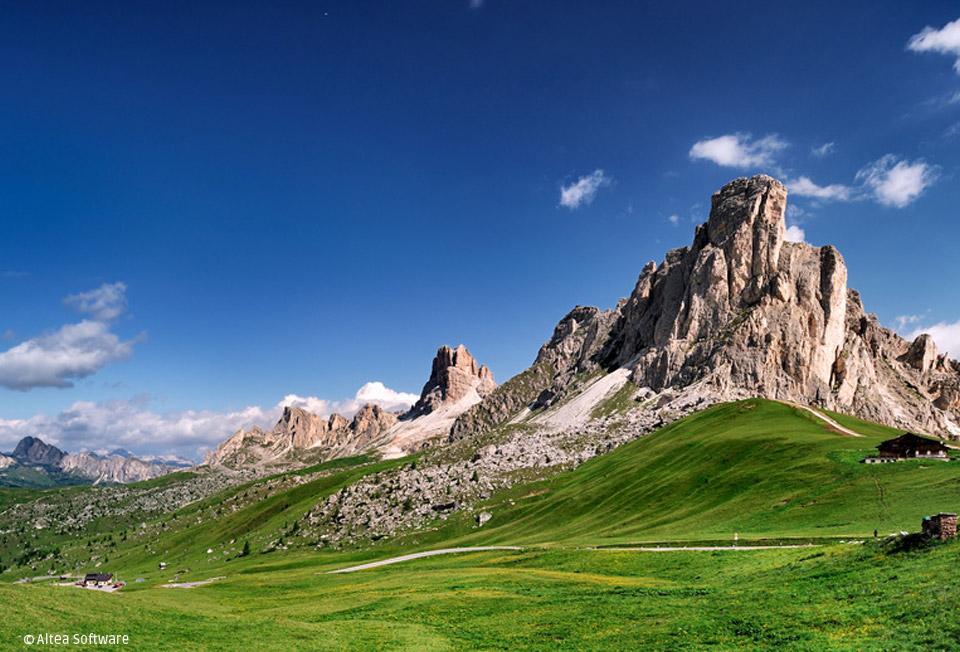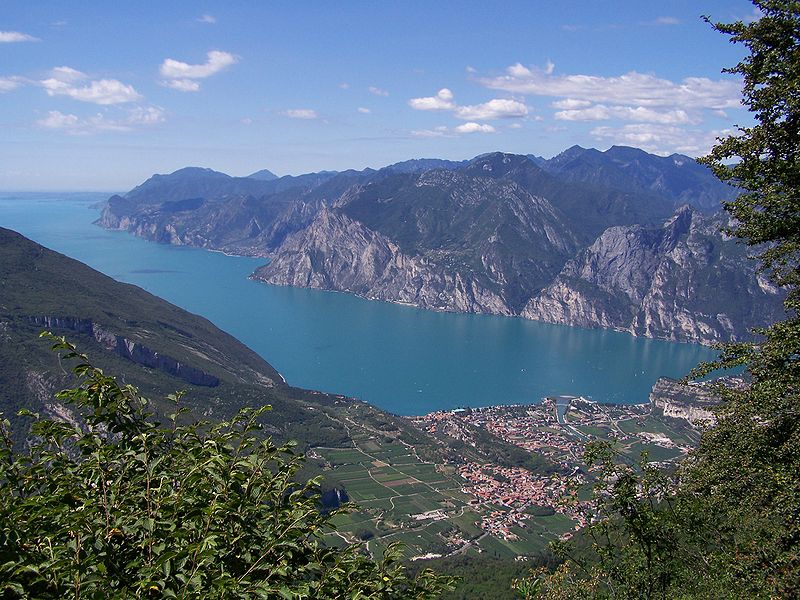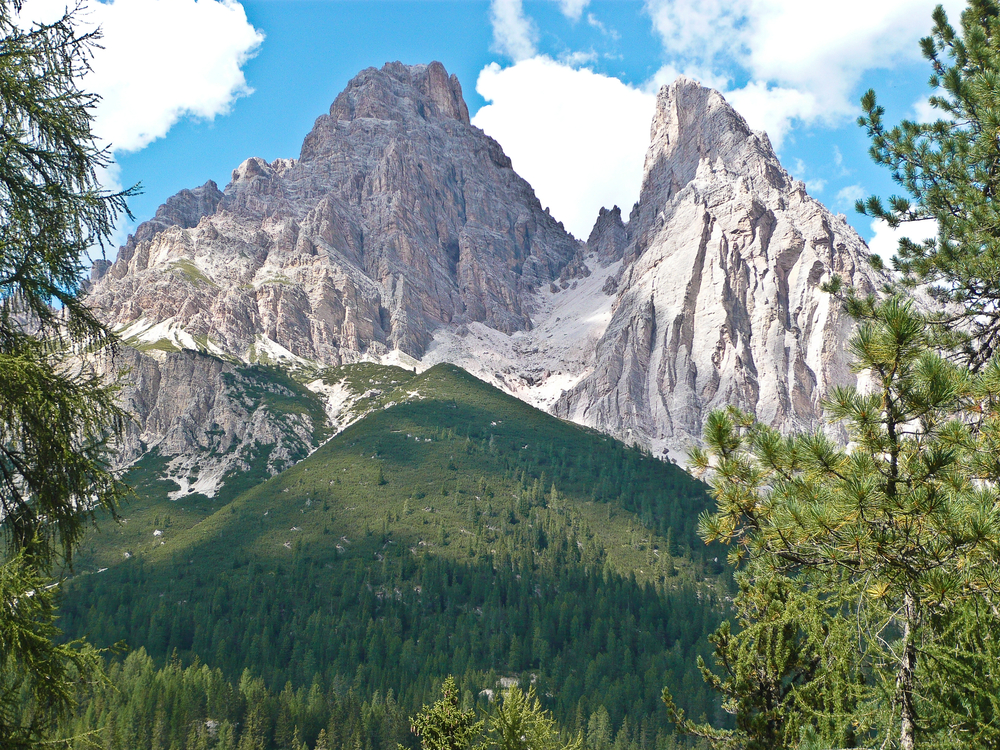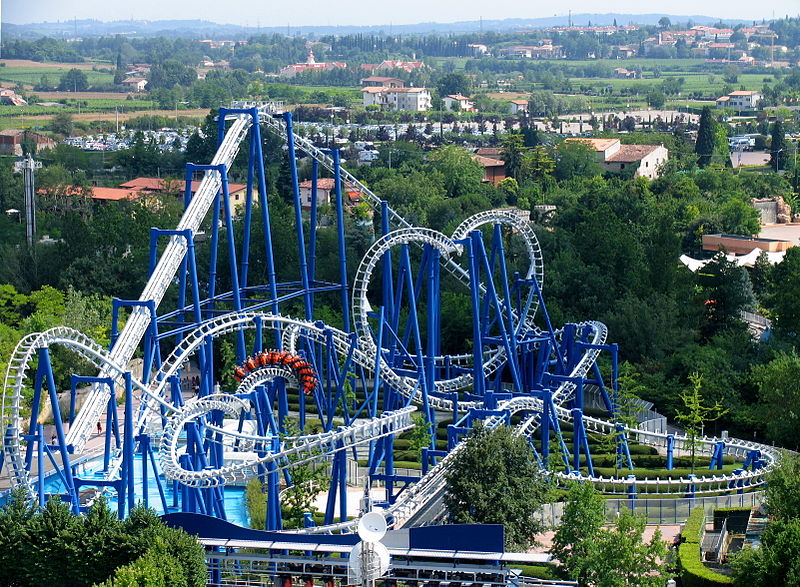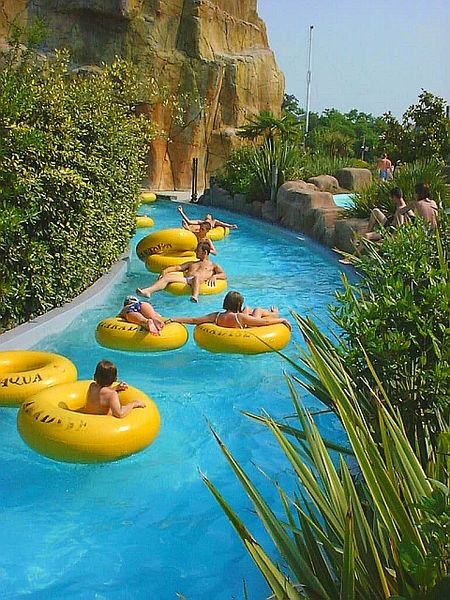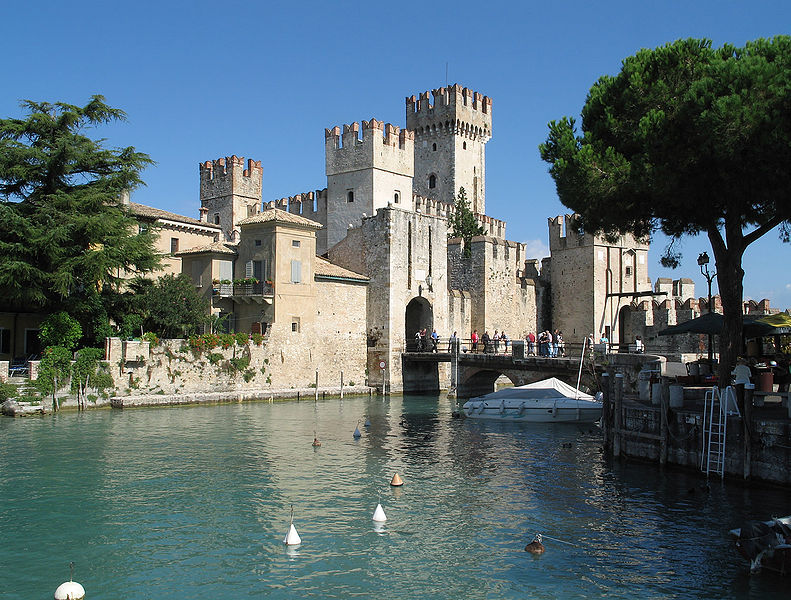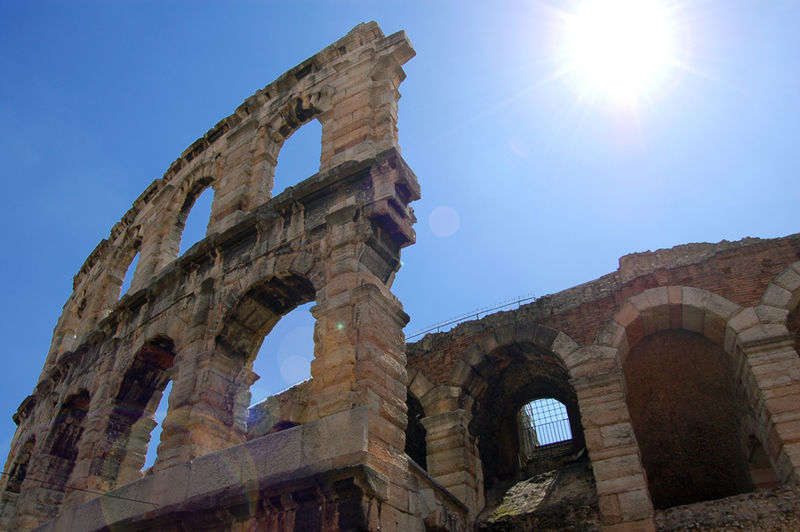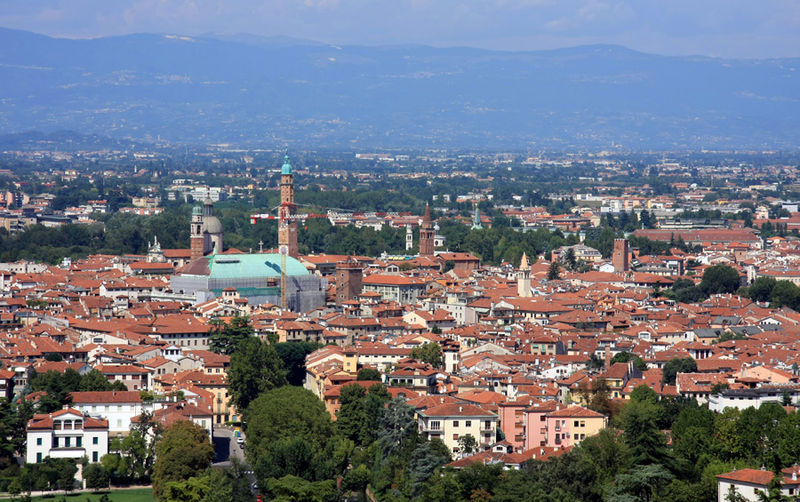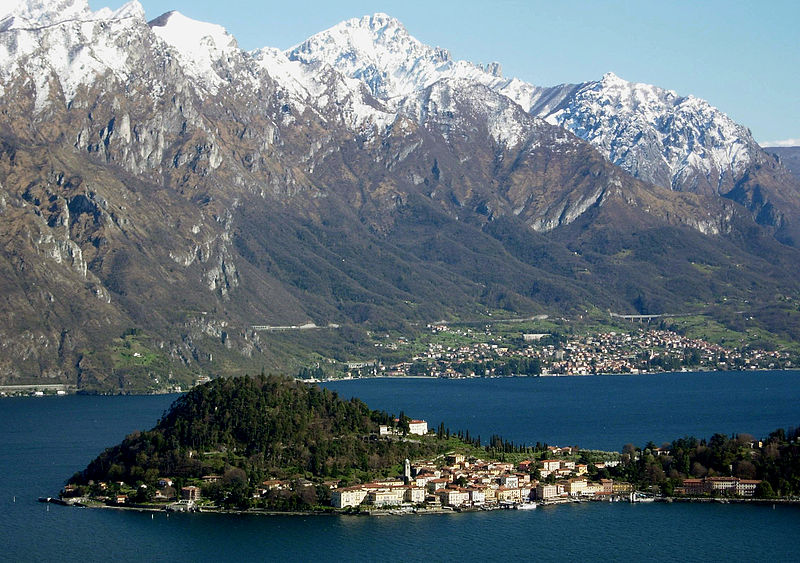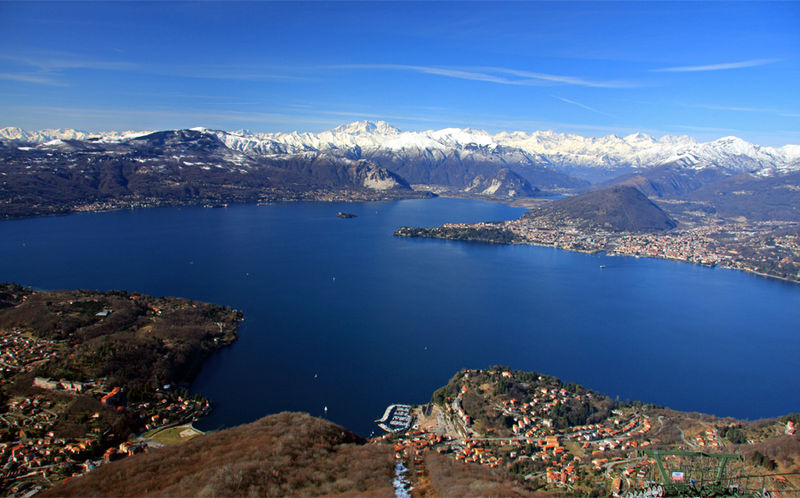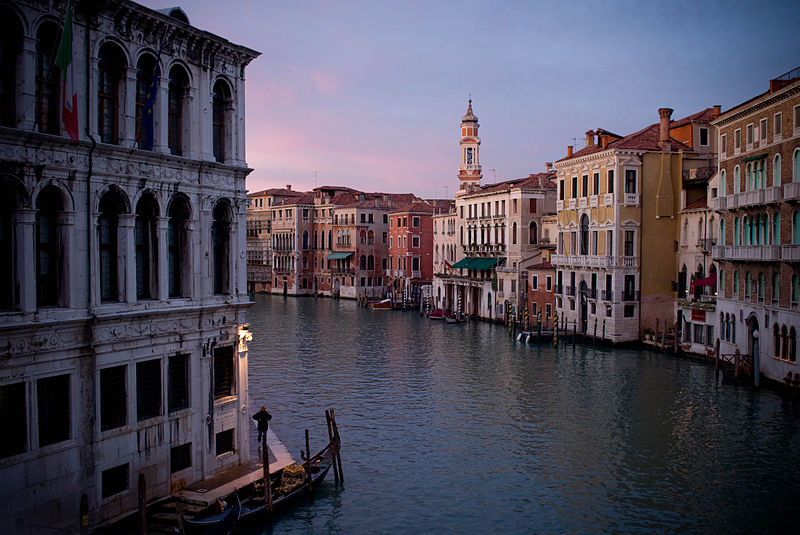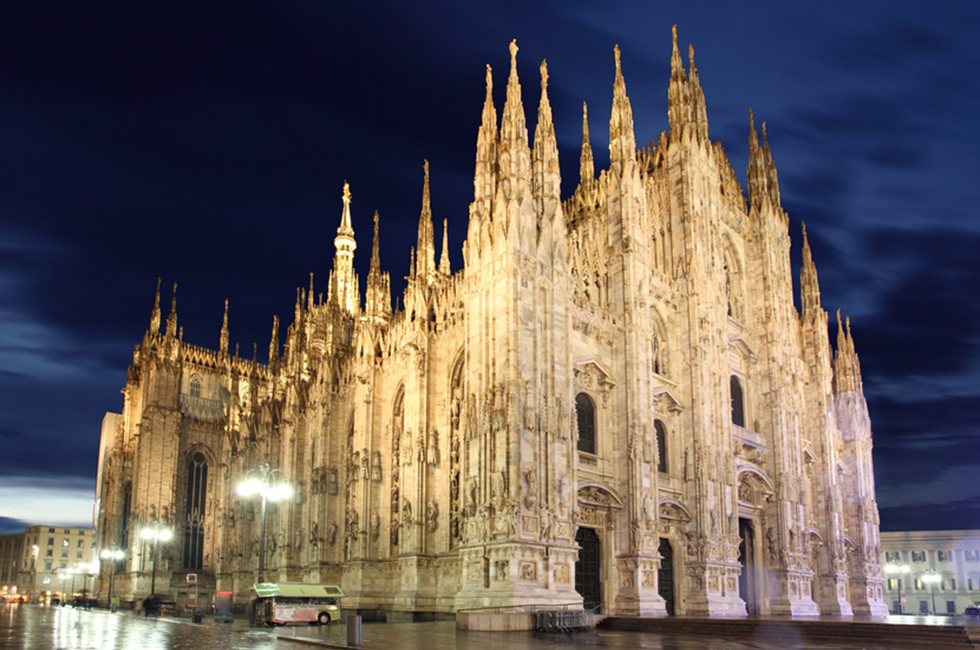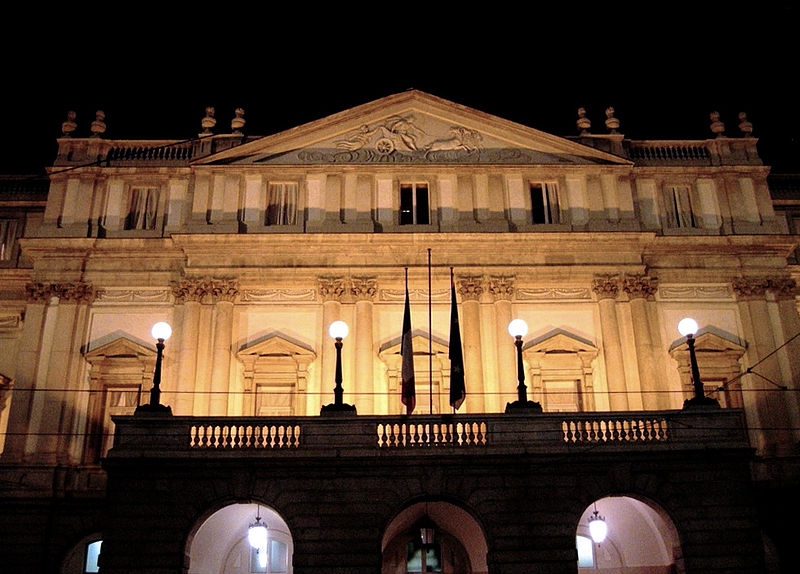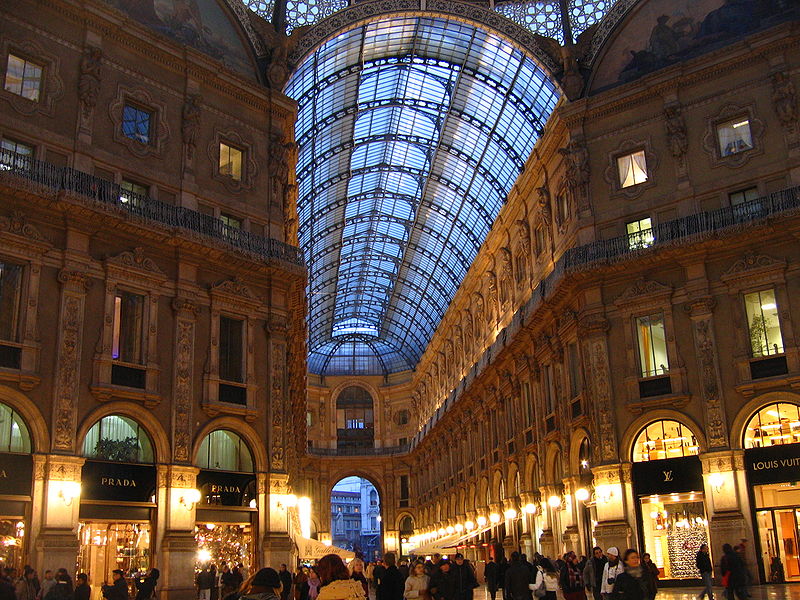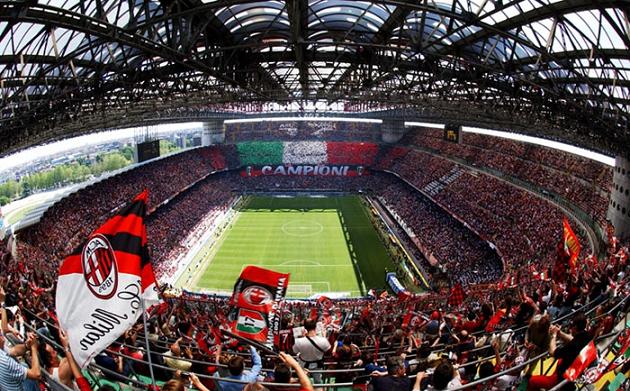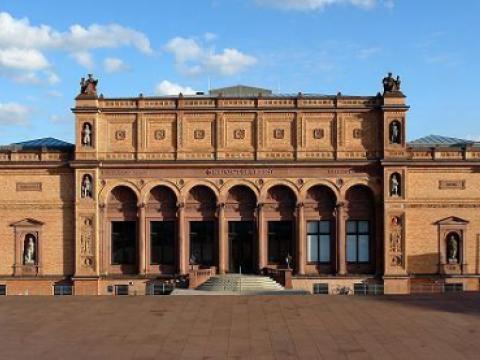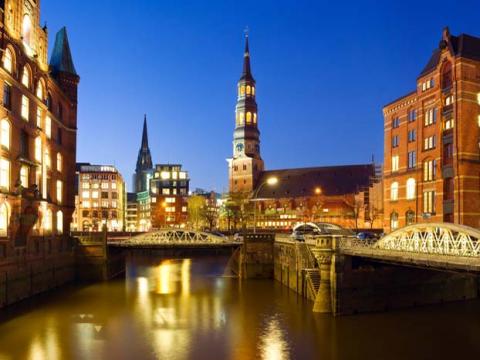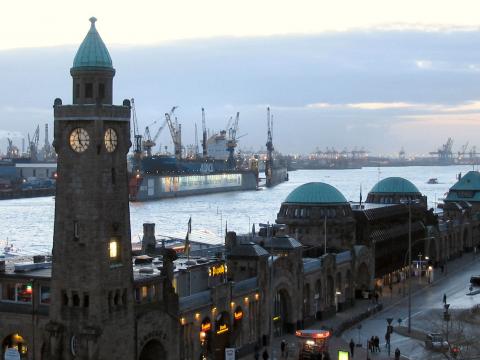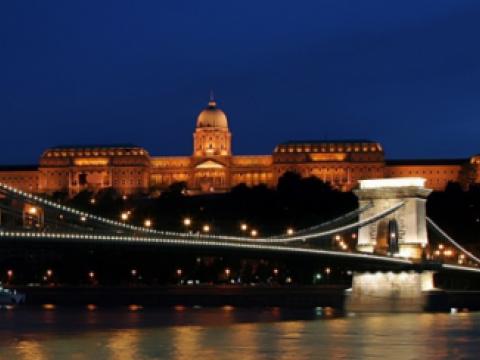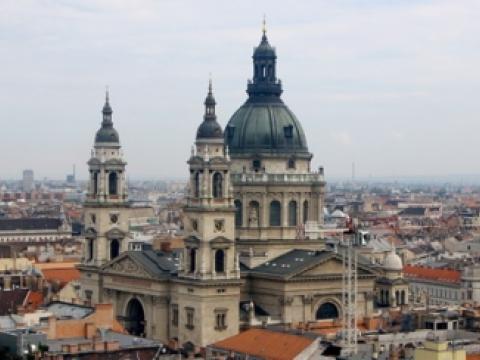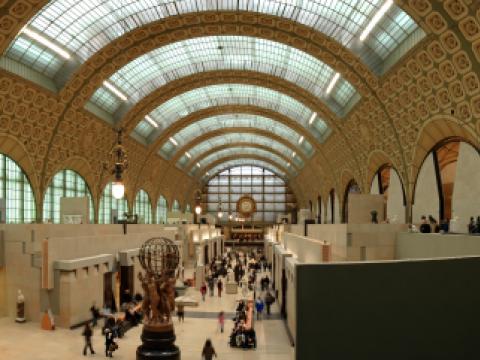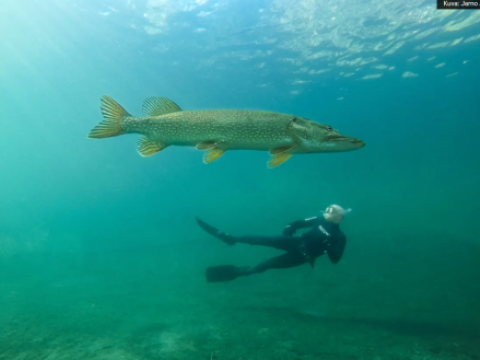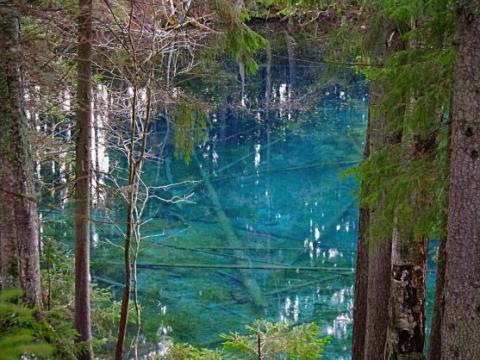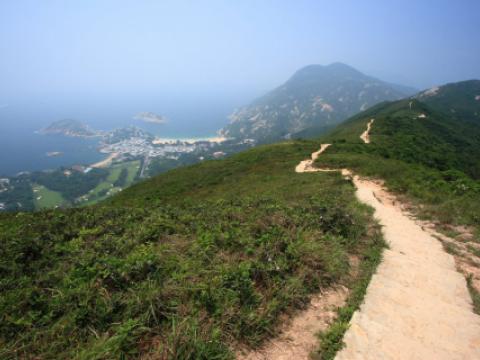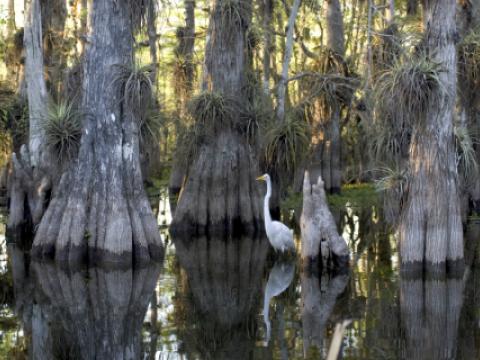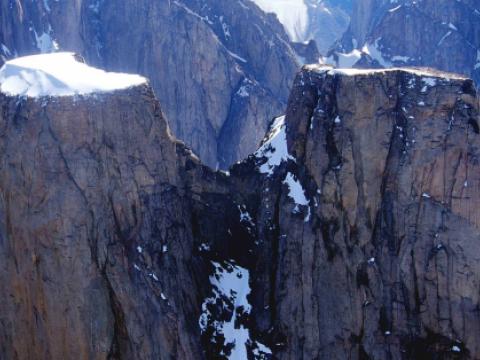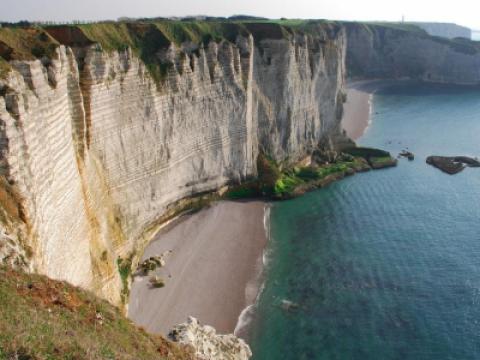The Northernmost part of Italy is dominated by the Alps. It is an endless playground for outdoor people to explore no matter if is summer or winter. Sailing, rafting, cycling and hiking in the summertime, skiing on the wintertime and paragliding on both.
The North Italian cities date back hundreds of years are full of culture from Milan to Verona, Leonardo da Vinci to Romeo and Juliet. And Cinque Terre is a must see if you ever happen to be around
Location
Lago di Carezza
Location
Isola Bella
Location
Looking across from Stresa to Isola Bella today it is hard to believe it was once a rocky island, home to a small community of fishermen. However until 1630 Isola Inferiore (as it was previously known) was a world away from the splendour that the Borromeo Family created.
In 1630 Carlo III Borromeo took the first steps to changing the island. He hired an architect to design a castle-type building where the palace currently stands and a more elegant casino at the highest point of the island. Carlo also decided to name the island after his wife, Isabella D’Adda, and it became known as Isola Isabella (later to be shortened to Isola Bella).
Grande Strada delle Dolomiti
Location
Want to see some spectacular views… by car? The Great Dolomite Road runs 65 miles through some of the finest alpine scenery in Europe: Belluno–Cortina d'Ampezzo–Pordoi Pass–Sella Pass–Val di Fassa–Bolzano. For even more gorgeous views, you can take a cable car up from the pass to the summit of Sass Pordoi. And, of course, there are plenty of hiking trails!
Lake Garda
Location
Lake Garda is the largest lake in Italy. It is one of the most beautiful places in Italy and a popular holiday location already for centuries. Glaciers formed this alpine region at the end of the last Ice Age. The lake and its shoreline are divided between the provinces of Verona (to the south-east), Brescia (south-west), and Trentino (north). The lake has numerous small islands the largest being Isola del Garda.
Monte Cristallo
Location
Monte Cristallo (3,221 m) is the highest peak of the Cristallo mountain group in the Italian Dolomites. The mountain group is a long, indented ridge with four summits higher than 3,000 metres. Cima di Mezzo (3,154 m) and Cristallino d'Ampezzo (3,008 m) can be reached by via ferratas, while Monte Cristallo and Piz Popena (3,153 m) both require climbing skills.
Gardaland Themepark
Location
Gardaland is the eigth-most-popular theme park in Europe and is located between Peschiera and Lazise, at Lake Garda in Italy. Built on the eastern shore of Lake Garda at Castelnuovo del Garda, the park opened on July 19, 1975. It has expanded steadily in both size and attendance. By 2007, attendance reached 3 million.
The Gardaland is currently is home to six roller coasters and a total of 32 rides. The coasters are called Blue Tornado, Magic Mountain, Sequoia Adventure, Raptor, Orto Bruco, Mammut.[2] Fuga da Atlantide is a Shoot the Chute.
Canevaworld
Location
Europe’s first water theme park, Canevaworld boasts a Caribbean island setting, with music, tropical plants, beaches with white sand and the chance to take a dip into the lagoons, or enjoy winding water slides and waterfalls.
Caneva Aquapark is a nice place to cool off on hot summer days, while enjoying the thrills of the waterslides and other attractions.
The Canevaworld Resort also has a movie park with attractions related to different movies. The resort is divided into four main themes:
• Aqua Paradise Park
• Medieval Times
• Movie Studios Park
• Rock Star Cafè
Sirmione
Location
A small, thin peninsula, about 4 kilometers in length, divides the bottom of Lago di Garda into two equal halves. Sirmione sits near the peninsula's tip, a small but pretty little private://spaprivate:// town that is one of the Lake District's busiest tourist towns during the summer months. Its hotels, restaurants, shops and an array of multi-coloured piers, docks, beach lidos and, of course, its genial climate are undeniably attractive to holiday-makers.
Verona
Location
Vicenza
Location
Vicenza and the surrounding countryside and hills are particularly famous for the many works, and particularly the Villas, by Palladio. Because of the architectonic contributions of Andrea Palladio, it was included in UNESCO's list of world heritage places in 1994. It is located at the foot of the Berici mountains, at the confluence of the Retrone and the Bacchiglione rivers on a flat fertile part of the upper Venetian plain.
Alpe di Siusi
Location
Europe's largest high alpine meadow, Alpe di Siusi, separates two of the most famous Dolomite ski-resort valleys (Val di Fassa and Val Gardena). Eight miles wide, 20 miles long, and soaring up to 6,500 feet high, Alpe di Siusi is dotted by farm huts and wildflowers (mid-June-July), surrounded by dramatic — if distant — Dolomite peaks and cliffs, and much appreciated by hordes of walkers. A natural preserve, the meadow is virtually car-free. Buses take hikers to and from key points along the tiny road, all the way to the foot of the postcard-dramatic Sasso peaks.
Lake Como
Location
Lake Como is part of the Italian Lake District and has been popular with visitors for well over 100 years for its combination of fresh air, water, mountains and good weather.
The first few kilometres of the 'legs' at the southern end of the lake are relatively flat, but Lake Como becomes more mountainous as you head northwards into the Alps. Some of the nearby peaks go slightly above the tree-line so the views are really impressive. In the winter, there is skiing in the nearby valleys.
Lake Maggiore
Location
Lake Maggiore is a magical glacial lake anchoring the mountains which step up into the Italian Alps. It is the second largest lake in Italy exceeding all the other Italian lakes in length, but falls considerably below the Lake Garda in the extent of surface.
The lakeside villages are too pretty to be true. You can take trips on the lake and visit the islands that lay in it. Stresa in Piemonte is a good base for enjoying the lakeside. It is an old fishing village that now thrives on tourism - but it has retained its charm. In weekends it can be a bit crowded with people from Turin and Milan flocking in.
Venice
Location
Venice is one of the most interesting and lovely cities in the world. This sanctuary on a lagoon is virtually the same as it was six hundred years ago, which adds to the fascinating character. Venice has decayed since its heyday and is heavily touristed (there are slightly more tourists than residents), but the romantic charm remains.
Venice may not seem huge but it is. It is made of different boroughs. The most famous is the area comprising the 118 islands in the main districts that are called private://Sestieriprivate:// and they are: Cannaregio, Castello, Dorsoduro, San Polo, Santa Croce and San Marco, where the main monuments and sights are located.
The Cinque Terre
Location
The Cinque Terre is one of Italy’s treasures on the Italian Riviera. private://The Five Landsprivate:// is composed of five villages: Monterosso al Mare, Vernazza, Corniglia, Manarola, and Riomaggiore. The coastline, the five villages, and the surrounding hillsides are all part of the Cinque Terre National Park and is a UNESCO World Heritage Site. The villages are cut off by mountains choked with olive groves and dry-stone-walled vineyards, where farmers have eked out a living over the centuries.
The Last Supper
Location
The Last Supper by Leonardo da Vinci in the church of Santa Maria della Grazie is arguably the greatest painting of the Renaissance. Although not becoming a private://pop iconprivate:// like the Mona Lisa has perhaps become, the Last Supper fresco is arguably the lifetime masterpiece of Leonardo da Vinci and his most influential work artistically. It captures the dramatic moment at which Jesus reveals one of his disciples will betray him. It's so realistic that you can imagine the shock, amazement and hostility of the religious followers.
The Duomo of Milan
Location
The Duomo of Milan, a massive late Gothic church, is an amazing sight. Stretching up high above the piazza del Duomo, it is the fifth largest cathedral in the world and the largest in the Italian state territory. A staggering 3,500 statues and 135 spires adorn the marble structure, which has a Baroque and neo-Gothic façade, as well as five bronze doors carved by different artists. The construction started in 1386 and took nearly 500 years to complete. Considering the scale of the dome, it's no wonder. In fact, the building work still continues today.
La Scala
Location
One of the most renowned opera houses in the world. It first opened in 1778 and re-opened in 2004 after extensive renovation. Most of Italy's greatest operatic artists, and many of the finest singers from around the world, have appeared at La Scala during the past 200 years. Today, the theatre is still recognised as one of the leading opera and ballet theatres in the world and is home to the La Scala Theatre Chorus, La Scala Theatre Ballet and La Scala Theatre Orchestra. Attending an opera in La Scala is a top experience for opera fans but you'll need to book in advance.
Galleria Vittorio Emanuele II
Location
The Galleria Vittorio Emanuele II is the world's oldest shopping mall. Housed within a glass-roofed four-storey double arcade in central Milan, the Galleria is named after Vittorio Emanuele II, the first king of the Kingdom of Italy. It was designed in 1861 and built by Giuseppe Mengoni between 1865 and 1877.
AC Milan at San Siro
Location
AC Milan's and Inter Milan´s home games are played at San Siro, also known as the Stadio Giuseppe Meazza. The stadium is the largest in Italian football, with a total capacity of 80,018. Inter are considered their biggest rivals, and matches between the two teams are called Derby della Madonnina, which is one of the most followed derbies in football. In case AC Milan is playing when you´re visiting Milan, it´s definitely worth a visit. If it´s AC Milan – Inter Milan, it´s a must go.
Noce River
Location
Fed by melting Alpine glaciers, the Noce tumbles through the wild, remote Val di Sole (Sun Valley) in the Dolomites of northern Italy. It offers some of the most exciting whitewater rafting in Europe, including a spectacular series of Class V rapids as it roars through the gorges of Mostizzolo. The landscape is breathtaking picturesque if you have time to enjoy it from the paddling.
There are several locations where you can start your run and different rafting operators. See contacts below. The selection is large in terms of level of difficulty, length of ratfing, no. of people and vehicle to use.







